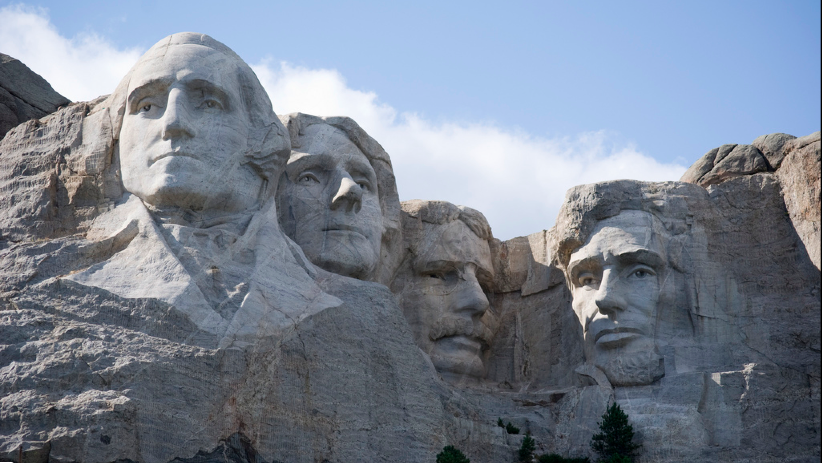BY THOMAS TOBIN
As the nation celebrates Presidents’ Day and students nationwide enjoy the long weekend, this holiday is a time to reflect on the nation’s highest office. U.S. Presidential history is rife with stories of political intrigue, personal triumph, and leadership in turbulent times. Yet while some presidents are carved into mountains or enshrined on our currency, others are often passed over in our collective memory. Even for our more well-known presidents, reflecting on episodes that are glossed over in history books can help us learn lessons for our present and our future—particularly reminding us that each of these men, despite their great responsibilities and powers, were eminently human.
With that in mind, I offer you the following life lessons drawn from the triumphs and travails of the men who bore the title of Commander in Chief:
- Don’t skinny dip in the Potomac (or at least guard your clothes): The sixth President, John Quincy Adams, reportedly learned this lesson the hard way when he went on one of his early morning swims in the Potomac River. A reporter, Anne Royall, came upon the President’s clothes and would not return them unless he granted her an interview.
- Plan for the unexpected: John Tyler, our tenth President, was touring the USS Princeton on February 28, 1844. Tyler, serving his term without a vice president, was aboard the ship to showcase the engineering of the warship and its advanced weaponry. While the President was below deck, chaos erupted above when the ship’s guns misfired, resulting in an explosion that killed two of Tyler’s Cabinet Members, including his Secretary of State. The disaster also injured a Senator and left several other fatalities in its wake.
- Guard your moustache: Presidents have much to worry about, with issues ranging from the American economy and the politics of the day to their personal health. In Grover Cleveland’s case, he believed a cancerous tumour on the roof of his mouth could send the country into a panic of the financial variety. In secret operations on a moving boat, a team of medical professionals excised a portion of the President’s jaw to remove the diseased growth. Cleveland was fitted with a prosthetic, without which his voice was altered. Kept under wraps for decades, the operations achieved the President’s goals—removing the tumor, leaving no visible scars, and avoiding any damage to Cleveland’s signature moustache.
- Obey the speed limit: War hero Ulysses S. Grant was once pulled over and ticketed by D.C. police for speeding through Washington on his horse-drawn carriage. Unfortunately, Grant was undeterred by the experience and allegedly later ran over a young child’s foot with his coach.
- Never stop exploring: Theodore Roosevelt’s vigor was the stuff of legend: strong as a “Bull Moose,” bravely charging up San Juan Hill in the Spanish-American War, and boxing while in office. This latter practice stopped in 1908, when a young military officer landed a punch to the Commander-in-Chief’s left eye that eventually left the President blind on that side. Even with this injury, Roosevelt refused to slow down. After his tenure in office, T.R. successfully navigated an uncharted river in Brazil. As Candace Millard wrote brilliantly, Roosevelt trekked down the thousand-mile “River of Doubt,” staring down starvation, rapids, and injury. In his honor, the Brazilian government later renamed the river Rio Roosevelt.
Tommy Tobin is a joint degree student at the Kennedy School and Georgetown Law. His article “Succeeding in Presidential Succession” was recently published by the journal White House Studies. At Stanford, Tommy researched presidential inability, disability, and vacancy issues with Professors Robert Dallek and David M. Kennedy.
Photo Source here.


